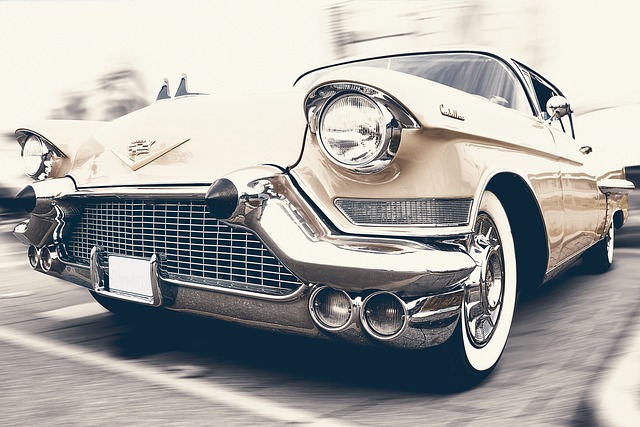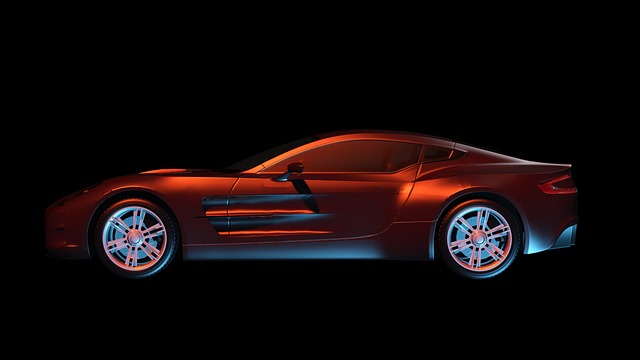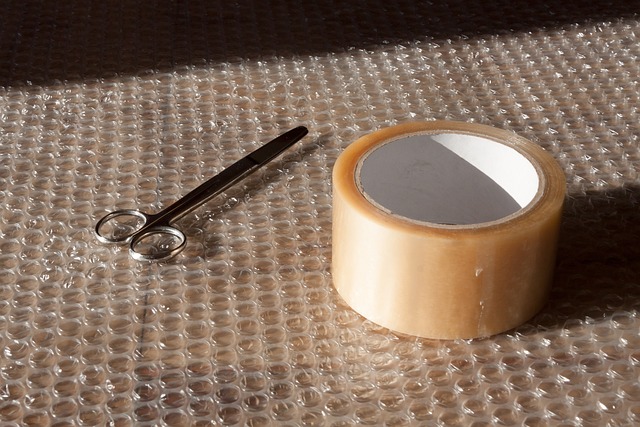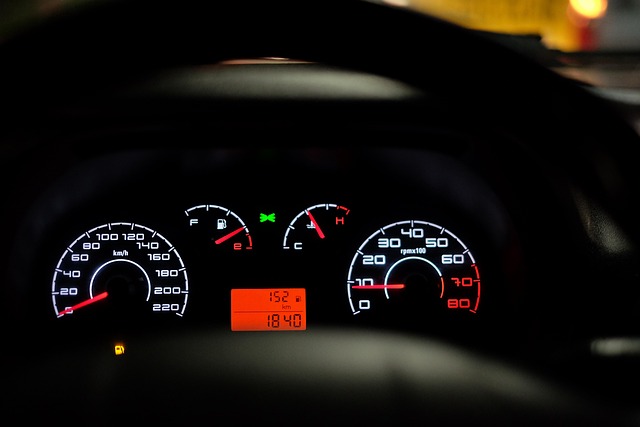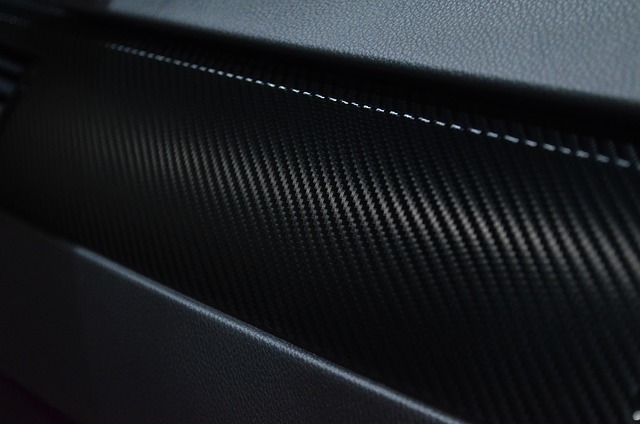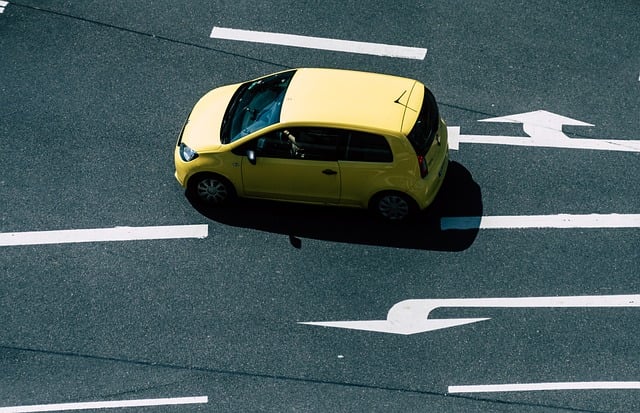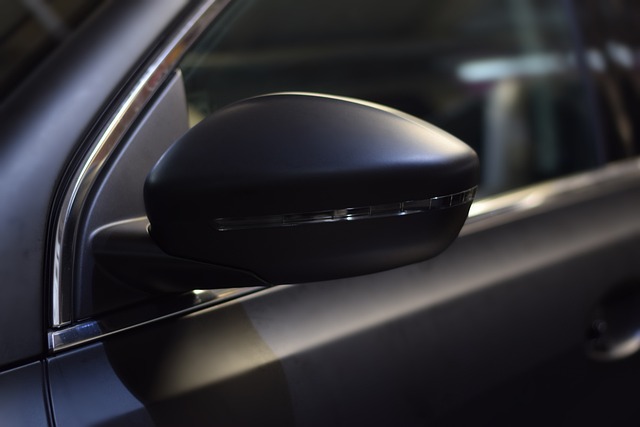Transform Your Ride: The Rise of Color Change Wraps
In the world of automotive customization, color change wraps have emerged as a game-changer. These innovative films enable car enthusiasts to transform the appearance of their vehicles without the permanence of a traditional paint job. Whether you’re looking to refresh your car’s look or make a bold statement, color change wraps offer a versatile and exciting solution.
What Are Color Change Wraps?
Color change wraps are vinyl films that can be applied to the exterior of a vehicle. Made from high-quality materials, these wraps come in a variety of colors, finishes, and textures, allowing for endless customization options. Unlike paint, wraps are non-permanent, meaning you can change the look of your car whenever you desire.
Benefits of Color Change Wraps
- Cost-Effective: Compared to a full paint job, color change wraps are generally more affordable. They can provide a stunning transformation at a fraction of the cost.
- Reversible: One of the most significant advantages of wraps is that they can be removed easily. If you decide you want a different look, you can simply peel off the wrap without damaging the original paint.
- Protective Layer: Wraps provide a protective layer over your car’s paint, shielding it from minor scratches, UV rays, and other environmental factors.
- Variety of Options: With a plethora of colors, finishes (such as matte, gloss, and satin), and even textures (like carbon fiber), the customization possibilities are virtually limitless.
- Quick Installation: Professional installation of a color change wrap typically takes less time than a traditional paint job, allowing you to get back on the road sooner.
How Color Change Wraps Work
The application process for color change wraps involves several steps:
- Surface Preparation: The vehicle’s surface must be clean and free from any dirt, grease, or wax to ensure proper adhesion.
- Measuring and Cutting: The wrap is measured and cut to fit the specific areas of the vehicle.
- Application: Skilled technicians carefully apply the vinyl film, ensuring that it adheres smoothly without bubbles or wrinkles.
- Finishing Touches: Edges are trimmed, and any necessary adjustments are made to ensure a flawless finish.
Choosing the Right Color Change Wrap
With so many options available, selecting the perfect color change wrap for your vehicle can be overwhelming. Here are some tips to help you choose:
- Consider Your Style: Think about the look you want to achieve. Do you prefer bold colors or subtle shades? Glossy or matte finishes?
- Research Trends: Stay updated on the latest trends in vehicle wraps. Popular options often include metallic colors, chrome finishes, and unique textures.
- Test Samples: Many wrap providers offer sample swatches. Test these on your vehicle to see how the colors and finishes look in different lighting.
- Consult Professionals: If you’re unsure, consult with a professional wrap installer. They can provide guidance based on your vehicle type and desired outcome.
Maintaining Your Color Change Wrap
To ensure your color change wrap looks great for years to come, proper maintenance is essential:
- Regular Cleaning: Use a mild soap and water solution to clean the wrap. Avoid harsh chemicals that can damage the vinyl.
- Avoid Automatic Car Washes: Hand washing is recommended to prevent potential damage from brushes and harsh detergents.
- Keep It Covered: Whenever possible, park your vehicle in a garage or use a car cover to protect it from the elements.
Conclusion
Color change wraps are revolutionizing the way we think about vehicle customization. Offering a cost-effective, reversible, and protective solution, these wraps allow anyone to transform their ride into a unique expression of personality and style. With a wide range of options available, you’re sure to find the perfect color change wrap that suits your taste and enhances your car’s aesthetic appeal. So why not explore this innovative technology and give your vehicle the makeover it deserves?

